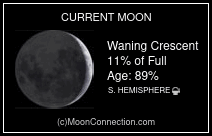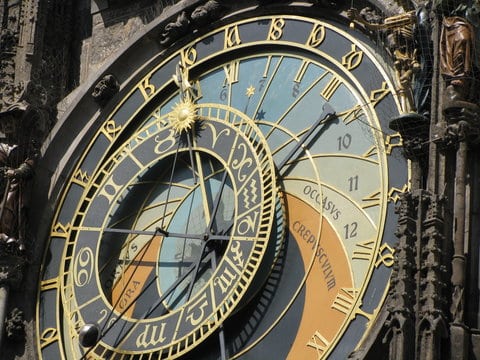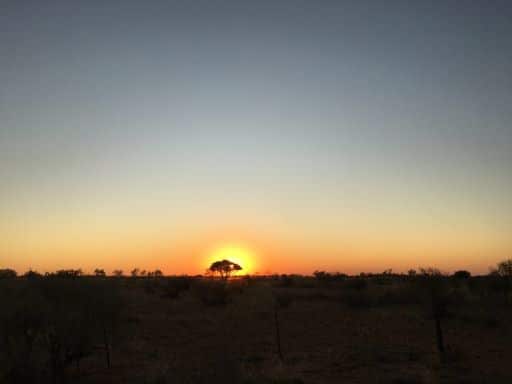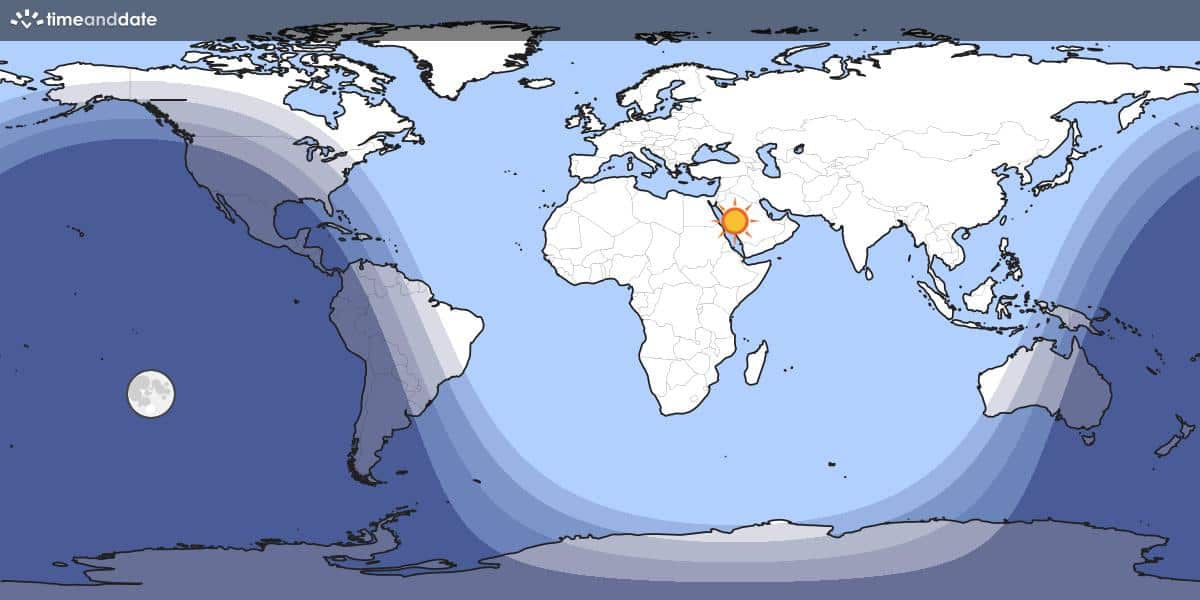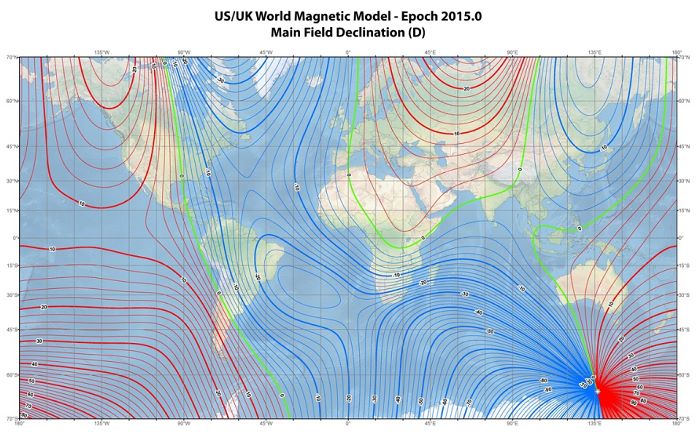N144 Superbubble
Steve Gottlieb’s Observations
NGC 1962 = ESO 056-122 = LMC-N144
05 26 18 -68 50 18; Dor
V = 11.5
24″ (4/7/08 – Magellan Observatory, Australia): NGC 1962 forms the bright western patch of the NGC 1962-65-66-70 cluster and emission nebula (stellar association LH 58). At 200x it appeared as a large, fairly bright glow on the W side of the complex, ~2′ in diameter. A few faint stars are peppered across the glow. At the E end is mag 12.3 HD 36521 = Brey 32, a WC4+O6 Wolf-Rayet binary.
Adding a UHC filter provided an excellent contrast gain to the bright nebulosity. The entire complex is part of a Superbubble. NGC 1953, an LMC open cluster, lies 4.5′ W and a large number of additional clusters that I didn’t have time to explore lie to the S and SE.
Notes: James Dunlop possibly discovered NGC 1962 = h2866 on 25 Sep 1826 with a second observation two nights later. He described D 136 as “a pretty large faint nebula, 3′ or 4′ diameter, irregular figure with 4 bright parts or seats of attraction in it – or 4 small nebulae involved in strong nebulosity common to all them. There is a pretty bright star in the south side.” His unpublished position in his handwritten notes (reduced from a drift) is 10′ too far E, consistent with his other offsets. He recorded it again on a drift two nights later with description, “a faint confused nebula, irregular figure with small stars in it.” But without a more detailed description it’s uncertain which components he actually viewed.
John Herschel observed the group on 31 Jan 1835 (sweep 538) and distinguished the various components. He described NGC 1962 as “vF, pL; R; the first of a group of four nebulae [with NGC 1965, 1966 and 1970] with stars. The place interpolated from those of the 1st and 3rd by aid of a diagram made at the time. Note: The mirror newly polished. Plate VI, figure 20.”
Joseph Turner sketched the entire group in Dec. 1875 with the 48″ Great Melbourne Telescope (plate III, figure 30 in “Observations of the Southern Nebulae…”). The sketch shows NGC 1962 as two connected pieces with a few stars involved. Pietro Baracchi also sketched a patch directly between NGC 1962 and 1965 on 18 Nov 1884.
NGC 1965 = ESO 056-123 = LMC-N144B = LH 58
05 26 29.5 -68 48 23; Dor
V = 11.7
24″ (4/7/08 – Magellan Observatory, Australia): this is a bright, small knot on the NW side of a large HII complex and cluster (association LH 58) that includes NGC 1966 (1.5′ ESE), NGC 1962 (2.2′ SW) and NGC 1970. NGC 1965 surrounds two stars and ~20″ in diameter with a fainter nebulous halo.
Notes: James Dunlop probably discovered NGC 1965 = D 136 = h2867 on 25 Sep 1826 with a second observation two nights later. He described the complex as “a pretty large faint nebula, 3′ or 4′ diameter, irregular figure with 4 bright parts or seats of attraction in it – or 4 small nebulae involved in strong nebulosity common to all them – a pretty bright star in the south side.” His unpublished reduced position (in his handwritten notebook) is 10′ too far E, consistent with other offsets in the drift including NGC 1953, the previous object logged. He recorded it again on a drift two nights later with description, “a faint confused nebula, irregular figure with small stars in it.”
John Herschel observed the group on 31 Jan 1835 (sweep 538) and distinguished the various components. NGC 1965 = h2867 was described as “F, S; the second of a group of four nebulae [with NGC 1962, 1966 and 1970] with stars. The place interpolated from those of the 1st and 3rd by aid of a diagram made at the time. Plate VI, figure 20.” Herschel noted that D 136 probably includes this object.
Joseph Turner sketched the entire group in Dec. 1875 with the 48″ Great Melbourne Telescope (plate III, figure 30 in “Observations of the Southern Nebulae…”).
NGC 1966 = LMC-N144A = ESO 056-125 = LH 58
05 26 45.6 -68 48 43; Dor
V = 11.8; Size 0.7’x0.3′
24″ (4/7/08 – Magellan Observatory, Australia): this number refers to one of the multiple components of a large star cloud and HII complex (LH 58), ~5′ in diameter. At 346x this is a small, bright glow on the NE side that surrounds three stars, elongated WNW-ESE, ~40″x15″. Fainter nebulosity is attached that extends to the west for 1.5′ and connects to the emission knot NGC 1965. A mag 9.9 star lies 1.2′ S (HD 269546 = Brey 34, a Wolf-Rayet binary (WN5+B3)). This HII complex is located roughly 12′ S of a mag 6.1 star (6.7/7.0 pair at a close 1.4″).
At 200x using a UHC filter, this is a fascinating emission complex as the entire 5′ region is awash in bright nebulosity and there are faint, irregular extensions beyond the main portion, particularly to the north (the outer portions form a faint bubble on images). A 10th mag star is involved (HD 269546), though the cluster itself (S-L 476) does not stand out significantly.
NGC 1966 is sometimes applied to the entire complex. Shapley listed the complex as the center of the OB-association “Constellation” II (of V).
Notes: James Dunlop probably discovered NGC 1966 = D 136 = h2868 on 25 Sep 1826 with a second observation two nights later. See NGC 1962 and NGC 1965 for his descriptions.
John Herschel observed the group on 31 Jan 1835 (sweep 538) and distinguished the various components. He described NGC 1966 as “the third of a group of four nebulae with stars; pB, R, pretty suddenly little brighter middle. Plate VI, figure 20.”
Joseph Turner sketched the entire group in Dec. 1875 with the 48″ Great Melbourne Telescope (plate III, figure 30 in “Observations of the Southern Nebulae…”).
NGC 1962-65-66-70 contains a conspicuous group of young blue supergiants at the edge of the supergiant shell LMC3 and Shapley Constellation II.
NGC 1970 = ESO 056-127 = LMC-N144 = LH 58
05 26 53 -68 50 12; Dor
V = 10.3
24″ (4/7/08 – Magellan Observatory, Australia): at 200x; NGC 1970 is at the SE corner of the NGC 1962-65-66-70 complex (stellar association LH 58). It consists of three close collinear stars oriented NNW-SSE with the brightest mag 10.8 star HD 269551 on the N end (1.5″ pair of 11/11.8 supergiants). HD 269546 = Brey 34, a mag 9.9 Wolf-Rayet binary (WN5+B3) and the brightest star in the complex, is just 0.7′ WNW of the 3 stars.
Adding a UHC filter, the stars were surrounded by only very weak nebulosity (forming a ragged superbubble on images) that was no more prominent than the general hazy glow in the field.
Notes: James Dunlop probably discovered NGC 1970 = D 136 = h2869 on 25 Sep 1826 with a second observation two nights later. See NGC 1962 and NGC 1965 for his descriptions.
John Herschel observed the group on 31 Jan 1835 (sweep 538) and distinguished the various components. He described NGC 1970 as “The last nebula in the group of four [with NGC 1962, 1965 and 1966] with stars. Place concluded (with no precision) from the 1st and 3rd by the aid of a diagram.” [Plate VI, fig 20]. Despite his uncertainty with the position, it is pretty accurate.
Joseph Turner sketched the entire group in Dec. 1875 with the 48″ Great Melbourne Telescope (plate III, figure 30 in “Observations of the Southern Nebulae…”). His sketch shows the three stars oriented NNW-SSE with no nebulosity, but there is a patch of nebulosity surrounded by a ring of stars that is sketched close north. Pietro Baracchi also took this group of four or five stars as GC 1175 = NGC 1970.



